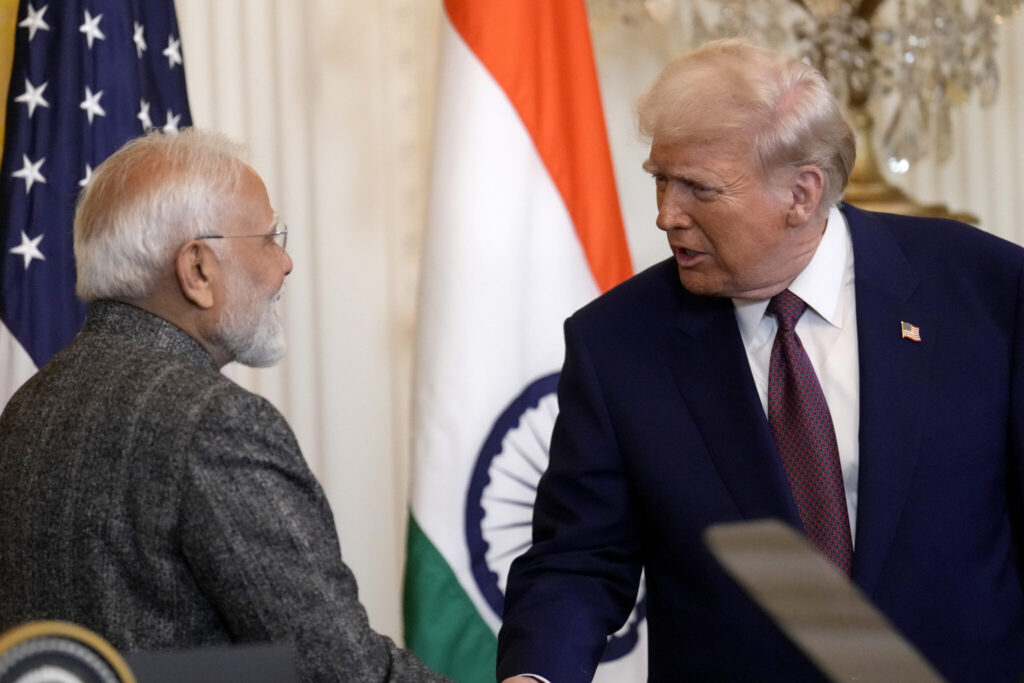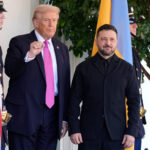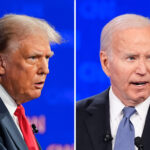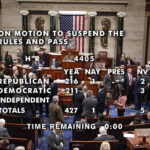Trump Slaps Extra 25% Tariff on Indian Imports to Be Combined 50%/ Newslooks/ WASHINGTON/ J. Mansour/ Morning Edition/ President Trump has imposed an additional 25% import tariff on India for its purchases of Russian oil, bringing total U.S. tariffs on Indian goods to 50%. The new measure will take effect in 21 days. The move could impact U.S.-India trade relations and shift global economic alliances.
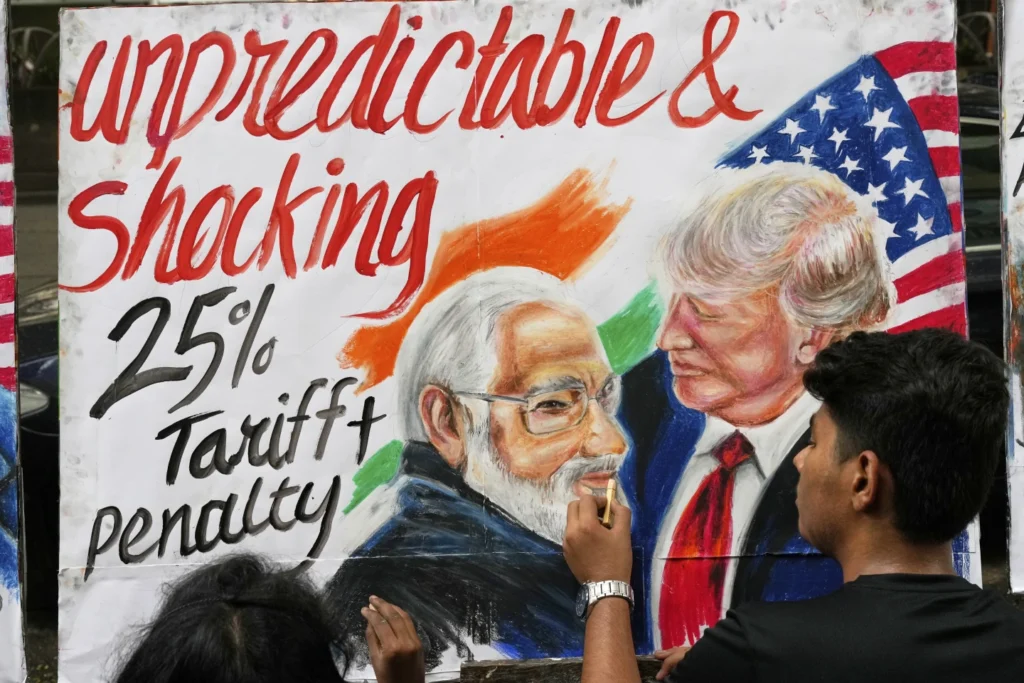
India Tariff Decision Quick Looks
- Trump signed an executive order imposing an additional 25% tariff on Indian goods.
- Combined tariffs on India now total 50%.
- The tariff specifically targets India’s purchases of Russian oil.
- China, which also buys Russian oil, was excluded from this tariff.
- Tariffs will take effect 21 days after signing, allowing room for negotiation.
- The decision could impact U.S. companies investing in Indian manufacturing.
- India has emerged as a strategic alternative to Chinese supply chains.
- The U.S. and China are currently in tense trade negotiations.
- Trump maintains a 30% tariff on Chinese imports; China responds with 10%.
- India and Russia may enter talks to avoid full enforcement of tariffs.
Deep Look
Trump Hits India With 25% Additional Tariff Over Russian Oil Trade
President Donald Trump on Wednesday escalated global trade tensions by signing an executive order imposing an additional 25% tariff on Indian imports, citing India’s ongoing purchases of Russian oil. This new move brings the total U.S. tariff rate on Indian goods to 50%, significantly heightening economic pressure on one of America’s largest trading partners in Asia.
The order, signed in Washington, is scheduled to take effect 21 days from now, giving India and Russia a narrow diplomatic window to potentially negotiate and seek relief from the heightened import duties.
Targeting India’s Energy Choices
The new tariff directly addresses India’s energy relationship with Russia, which has grown in recent years as the South Asian nation looks to diversify its oil sources. Trump has criticized India’s continued engagement with Russia despite international sanctions and rising global tensions.
Interestingly, China—also a major buyer of Russian oil—was not included in this latest tariff order. The U.S. and China are currently engaged in broader trade negotiations, which some analysts say may have influenced the administration’s decision to exclude Beijing from the punitive measure.
Trade Policy Impacts on U.S.-India Relations
This aggressive trade move could have significant implications for U.S.-India relations, which have deepened economically and diplomatically over the past decade. American firms have increasingly looked to India as a viable alternative to China for manufacturing and supply chain needs, particularly after earlier Trump-era tariffs on Chinese goods.
By penalizing India, the White House risks pushing the country closer to strategic rivals like China and Russia. Analysts warn that the tariff escalation could stall U.S. corporate investment in India, potentially undermining long-term economic goals and weakening India’s role as a counterbalance to China in the Indo-Pacific region.
Tariff Timetable and Possibility for Diplomacy
With the new tariffs scheduled to take effect in just under three weeks, the administration is leaving the door open for a possible resolution. Officials close to the matter say that backchannel talks between India, Russia, and U.S. diplomats may occur during this period.
However, Trump’s past trade policy record suggests that the administration is prepared to follow through if no agreement is reached. “We will not allow countries to exploit loopholes that fund America’s enemies,” a senior White House official stated.
China Exempted, Yet Still in Trade Standoff
While China avoided the brunt of this latest tariff, it remains locked in a broader trade dispute with the U.S. The Biden-era 25% tariff on Chinese goods was increased to 30% under Trump’s second term, and China has responded with a 10% retaliatory tariff on American exports.
Trade negotiations between Washington and Beijing are ongoing, with both sides signaling a willingness to ease tensions—but only on their own terms. This complex geopolitical dance now has a third major player in India, whose inclusion in the tariff war could further destabilize global markets.
Global Reactions and Market Implications
Market reactions were mixed on Wednesday morning following the announcement. Analysts are watching closely to see how India and Russia respond, especially since India is viewed as a fast-growing economic power with significant influence in global supply chains and energy markets.
If the tariffs are implemented fully, they may lead to increased prices on imported Indian goods in the U.S., affecting industries ranging from pharmaceuticals to textiles. Additionally, India’s own trade policies could shift in retaliation, complicating an already fragile global trade environment.
As of now, both India’s Ministry of Commerce and Russia’s Foreign Affairs office have not issued official responses.

